How Detroit Parents Pick Schools
Are families finding education options that will keep them in the city?
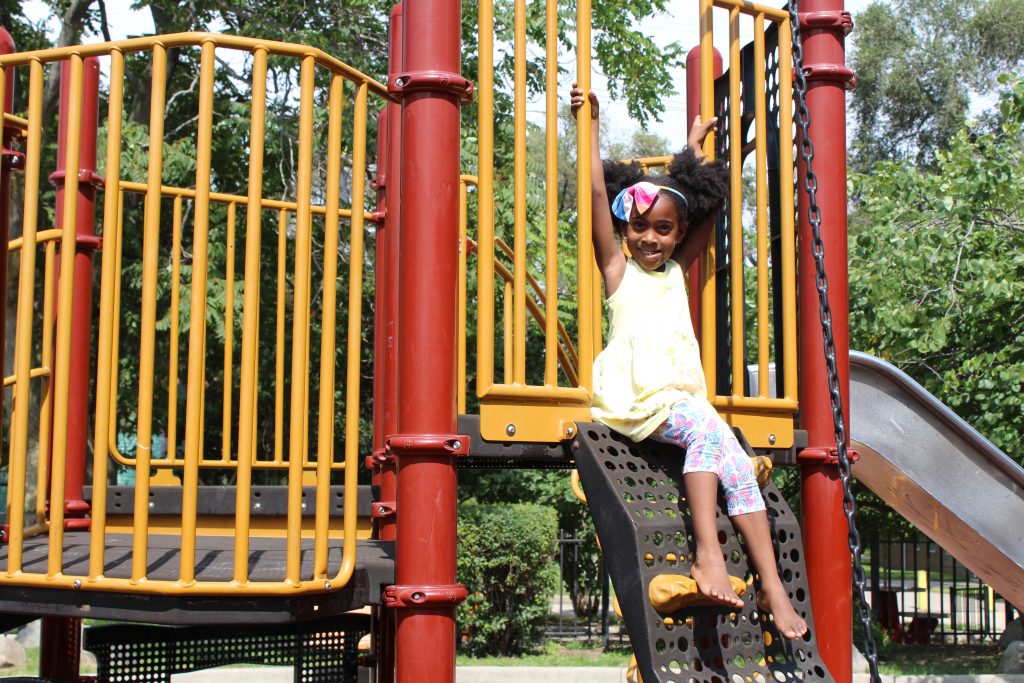
For Detroit parents, the decision making about where to send their children to school sometimes begins even before they are born.
It’s a complicated conversation informed by school conditions and demographics, parents’ own educational experiences, where people live, what transportation options families have and other factors. Politics play a part as Detroit Public Schools (DPS) has been controlled and reformulated by the state, charter schools open and close and nearby districts offer open enrollment for Detroit youth.
WDET talked with some Detroit parents about how they decided where their children would go to school. It’s part of the station’s work with the Detroit Journalism Cooperative, exploring issues related to life in the city during the past few decades.
HOW DETROIT PARENTS CHOSE SCHOOLS
TODAY
The Dacres Family
Dana Dacres says her children could succeed at any school. It’s what she does with them at home that makes a difference.
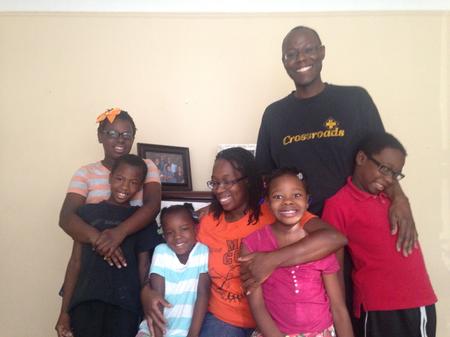
Parents Melvin and Dana Dacres have four kids in elementary school and one in pre-school. All of their children go to Burton International Academy.
The Dacres like that their kids have had the same principal since their oldest first started going to the school. They like that children outside the neighborhood have to test to get into Burton and they like that it’s a public school.
But there are issues, too. The parents say there is a lack of funding for after-school activities and that copper-contaminated drinking water discovered during the last school year was not fixed in a timely manner. Meanwhile children drank lukewarm water in 4-ounce cups laid out on tables.
Overall, the Dacres are satisfied with the school they’ve chosen. And besides, Dana says, there’s no perfect school.
“Well here’s the deal: my kids could go anywhere, okay? And they can even stay here and be educated, home schooled. It’s not so much where my children go to school, it’s about what we do with them after they leave school,” she says.
Before graduating from the University of Michigan, the Dacres attended Detroit Public Schools for elementary and middle school. While Dana went to high school at Cass Tech, Melvin received a scholarship to Cranbrook and boarded there for high school. Going to the private institution did not affect his support for public schools, but he would like to see them improve.
“I know there’s people who really don’t want the public school system to survive,” he says. “But if they understand that this is a option that, [for] a lot of people… that’s the only thing they have.”
For more stories about Detroit families, students and choosing schools, click here.
BELOW MAP: The Dacres’ Neighborhood and School
Click on the graduation cap inside the map for more about the school.
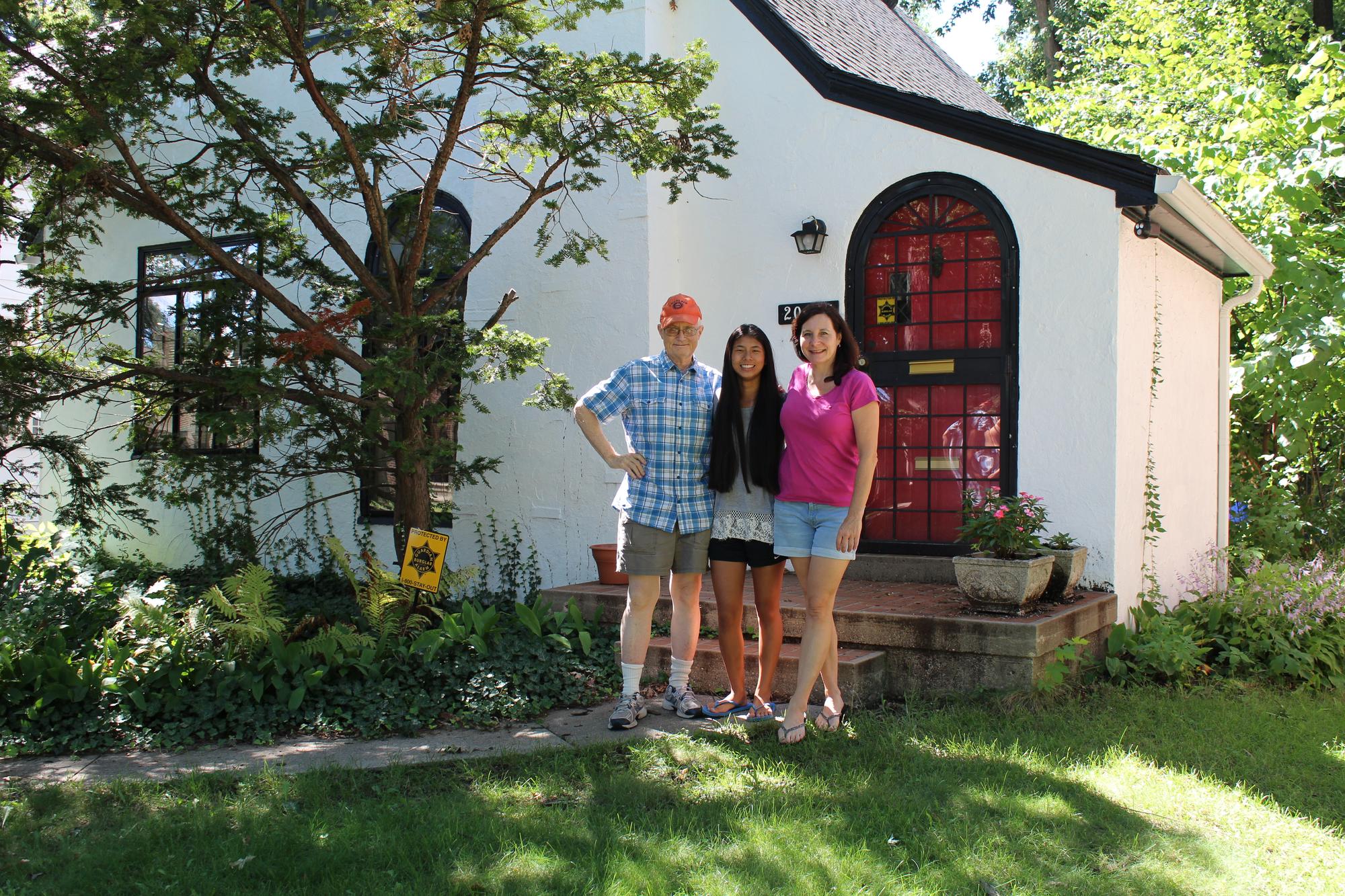
High Schooler Patty
Patty’s family says being a minority in DPS did not get in the way of a high-quality education.
Lisa Schlicker and Ron Lare have raised their daughter, Patty, in Detroit. As parents, they are both strong public school advocates. But Lisa admits that as their daughter got closer to school age in the early 2000s, she wasn’t sure if she wanted to send Patty to a DPS school. She just hadn’t heard very good things about the district. But her hesitation also troubled her.
“I really struggled with, if we were living in Livonia or Royal Oak, would I even question sending my daughter to public school? And my answer was, ‘no’,” she says. “And I thought the only way to know whether DPS was truly broken, whether there was nothing that would work for us, was to try it.”
After talking to neighbors and meeting with teachers, the family decided to send Patty to Golightly Education Center, a pre-K-8 public school in Detroit. They also liked the woman who would be Patty’s first teacher.
“She was wonderful, enthusiastic… was very well-organized and really seemed to love what she did,” Lisa recalls.
Still, Lisa was still a little nervous about sending Patty to school there.
“My husband and I are Caucasian, my daughter is Chinese in ethnicity, and most of the DPS schools are over 90 percent African-American. Golightly was no exception, it was mostly African-American. So, I wasn’t sure — neither my husband nor myself are native Detroiters — I was not sure how we would be received in the school setting,” she says.
But she says, “people get used to you.” Lisa describes herself as “a chatter” and says she became friends with a lot of the other parents. But most importantly, she felt like the students accepted Patty.
Patty remembers sometimes being made fun of by the other students.
“Basically people would squint their eyes, pull their eyes back to create an image of an Asian person through different stereotypes,” she recalls.
This upset her but she says she got through it because of the support of her parents and the close friend circle she’d developed at the school.
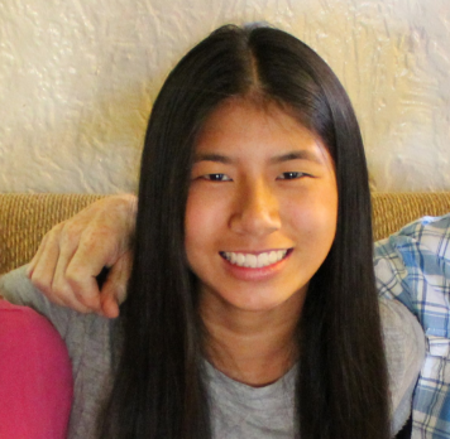
In sixth grade, Patty went on to attend Bates Academy, a pre-K-8 public school that aims to attract high-performing and gifted students who are screened through an application process. Patty says a math teacher there, Mr. Byas, helped improve her math skills. And her sixth-grade English teacher, Miss Curley, had Patty’s class read books like “The Outsiders,” “The Pigman,” and “Romeo & Juliet.” Patty says, because of this she felt more than prepared when she re-read “Romeo & Juliet” as a freshman in high school.
Patty’s father, Ron, says in all Patty’s years in DPS he only encountered two teachers whom he didn’t think were very high quality.
“I’d like to know any suburban district where a parent would say that,” he says.
Overall, Patty says she feels good about her pre-K-8 experience in Detroit Public Schools.
“The people I’ve met along the way, the teachers I’ve made acquaintances with, the different administration processes that I’ve adapted to, they’ve all helped me and they’ve all been mostly positive,” she says.
Ron, a union activist, says it was and still is important for him to expose Patty to diverse populations.
“Racial division is probably the No. 1 historic theme in U.S. history, and it’s reflected in every aspect of our lives. I wanted her to know something firsthand about the variety of people. What is an education? It’s not only what you learn in books, it’s relating to other people, too,” he says.
But for high school, Patty has left the district.
“The teenage years are sort of a special time, right? And I wanted her to be in a school where there was a little more diversity. She’d always been a minority, and I wanted her to be in a school that was strong academically but where there were all different sorts of students,” Lisa says.
With Patty’s input, they picked International Academy in Troy. The school offers the International Baccalaureate program. Patty says she’s excited to learn about her Chinese heritage, which she doesn’t know much about. She is also, for the first time, finding herself in the majority as Asian-Americans make up the largest demographic at the school. Patty says she wishes the school had its own sports teams, but overall it feels like a good fit for her. She’s currently starting her sophomore year.
Lisa is happy with her daughter’s high school so far but she says she does feel a little bit guilty that they took Patty out of the Detroit system.
“Because I feel so many people say bad things about the system, that it isn’t working, and I feel like it did work for Patty for pre-K-8, and I think it would have worked through 12th grade,” she says.
Patty had tested into Renaissance High School, a public school in Detroit, which was the family’s second choice.
For more stories about Detroit families, students and choosing schools, click here.
BELOW MAP: Patty’s Neighborhood and Schools
Click on the graduation caps inside the map for more about the schools.
IN THE PAST
Darlene and her Daughters
Darlene chooses integrated, neighborhood schools for her daughters.
 Laura Herberg
Laura HerbergDarlene Alston says she grew up “in the projects” on Detroit’s east side. In 1967, her family moved, and Darlene attended White Elementary, a predominantly white school in a predominantly white neighborhood. Darlene remembers experiencing racism and prejudice but she just took it in stride and did not let it break her self-esteem.
“Back then, in the 1960s, your parents built your self-esteem. Your church built your self-esteem. We didn’t look to school teachers to necessarily build your self-esteem,” she says. “Unless they did. But if they didn’t, we understood that, ‘That’s just the way things are.’”
Darlene had a very different experience in junior high. She went to Cleveland Middle School in Detroit, which was predominantly African-American. She describes her teachers as being “like mothers.” She says they were very domineering and always telling Darlene and her fellow classmates, “You need to be a credit to your race.”
Darlene says back then she didn’t understand what they meant. She thought:
“What are they talking about? A credit to my race? Are they kidding me? I’m just here to learn.”
According to Darlene, the three best Detroit high schools at the time were Cass Tech, Denby and Osborn. Cass was too far away from her home for her to easily attend, but Osborn was on a convenient bus line. Darlene’s older brother enrolled at Osborn, which she says was mostly white and had not yet been integrated. Some people didn’t like that the student population was “changing” — adding African-American students — so they set up a barricade in the road to try to block black youth and their parents from getting to school. Darlene went with her mother to pick up her brother.
“They had Molotov cocktails. They had clubs. They were throwing rocks. They were rocking buses, and so, I mean, it was horrifying,” she says.
And yet two years later, in 1972, Darlene chose the same school to attend herself.
“I had to go there, I wanted to go there because I wanted a good education,” she says.
The experience was a far cry from the encouragement she had felt in middle school.
“Although I was the only African-American in the classroom, I was invisible at Osborn,” Darlene says. “One third of your grade depended on class participation. So they always marked me down a third because they said I never participated. And so I got into a discussion with the teacher about that. He said, ‘Well you never participate.’ And I said, ‘I raise my hand every day. I’m the only African-American,’ or I probably said ‘black person or colored person in this class. You have to be able to see my hand. Because I’m the only one here.’”
Darlene says despite never being called on in that class, she still received a good education.
“I got a good education at Osborn because it’s predominantly Caucasian,” she says. “Whatever you’re telling them, you gotta tell us.”
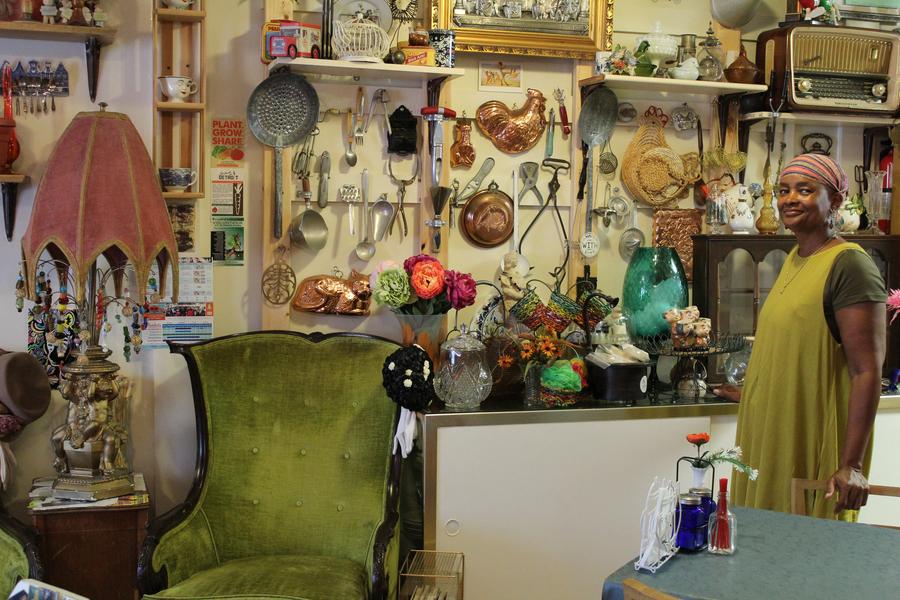
By the early 1980s, it was time for Darlene to find a school for the first of her three daughters. At the time, the Detroit Public Schools system was becoming less integrated due to “white flight.”
Darlene says her children had access to some good public schools in their Detroit neighborhood. There was a math teacher who tutored one of her daughters in his home just so she could pass his class. The school counselor knew every student’s name. The law program at Redford High School enabled one of her daughters to meet Johnnie Cochran, OJ Simpson’s lawyer. Darlene says if there were distractions in the classroom it was usually because teachers were trying to teach students whose parents didn’t “set them up” to learn.
“I think it’s hard to teach children who don’t come from a home where education is paramount,” she says.
Decades later, Darlene says there were a lot of those kids in the schools her daughters attended.
“If the parent isn’t teaching, it’s hard for the children to behave in a way that’s conducive to a school setting because they don’t see it at home,” she says. “Sometimes I would see, at the parent-teacher conference, the behavior of the parent reflects in the child.”
Darlene remembers hearing a parent yell at a teacher because her child, who had only been to school 15 days out of the semester, was failing.
Darlene remembers thinking, “‘Your child, who’s supposed to be in school, has not been here, and did you know where he was for the rest of the time?’ Because that would have been my concern.”
The way Darlene sees it, however, there was value in having her daughters in the classrooms with the kids whose parents may have set a bad example at home.
“They weren’t going to live in a box,” she says of her daughters. “You have to live in the world. So, is the majority of the world nice, kind, sweet, ordered, structured people? No. You have to learn how to navigate in the world. If I’ve put you somewhere where everybody’s nice, everybody’s great, everybody’s fantastic, and you come out into the world, you’re going to have culture shock.”
Darlene says her daughters know how to navigate the world because they went to their neighborhood schools. She doesn’t understand the logic when parents send their children elsewhere.
“So you say, ‘Well I’m gonna put my child in a better school?’ Why not make the school that your child is in better? As opposed to saying you’re gonna do something better [somewhere else]? And then your school closes down, then that’s blight because then they got this vacant building that people are vandalizing,” she says. “You don’t know what’s going on in there, and the children don’t have people in their neighborhood who care.”
Darlene says when parents send their kids to neighborhood schools, it helps keep the community strong. That said, she understands that the neighborhood school model is dying in Detroit and she admits she rode a bus to go to a better high school.
Still, she stayed in her local public school district.
To hear the full, uncut interview with Darlene, click here. For more stories about Detroit families, students and choosing schools, click here.
BELOW MAP: Darlene’s Neighborhood and Schools
Click on the graduation caps inside the map for more about the schools.
BELOW MAP: Darlene’s Daughters’ Neighborhood and Schools
Click on the graduation caps inside the map for more about the schools.
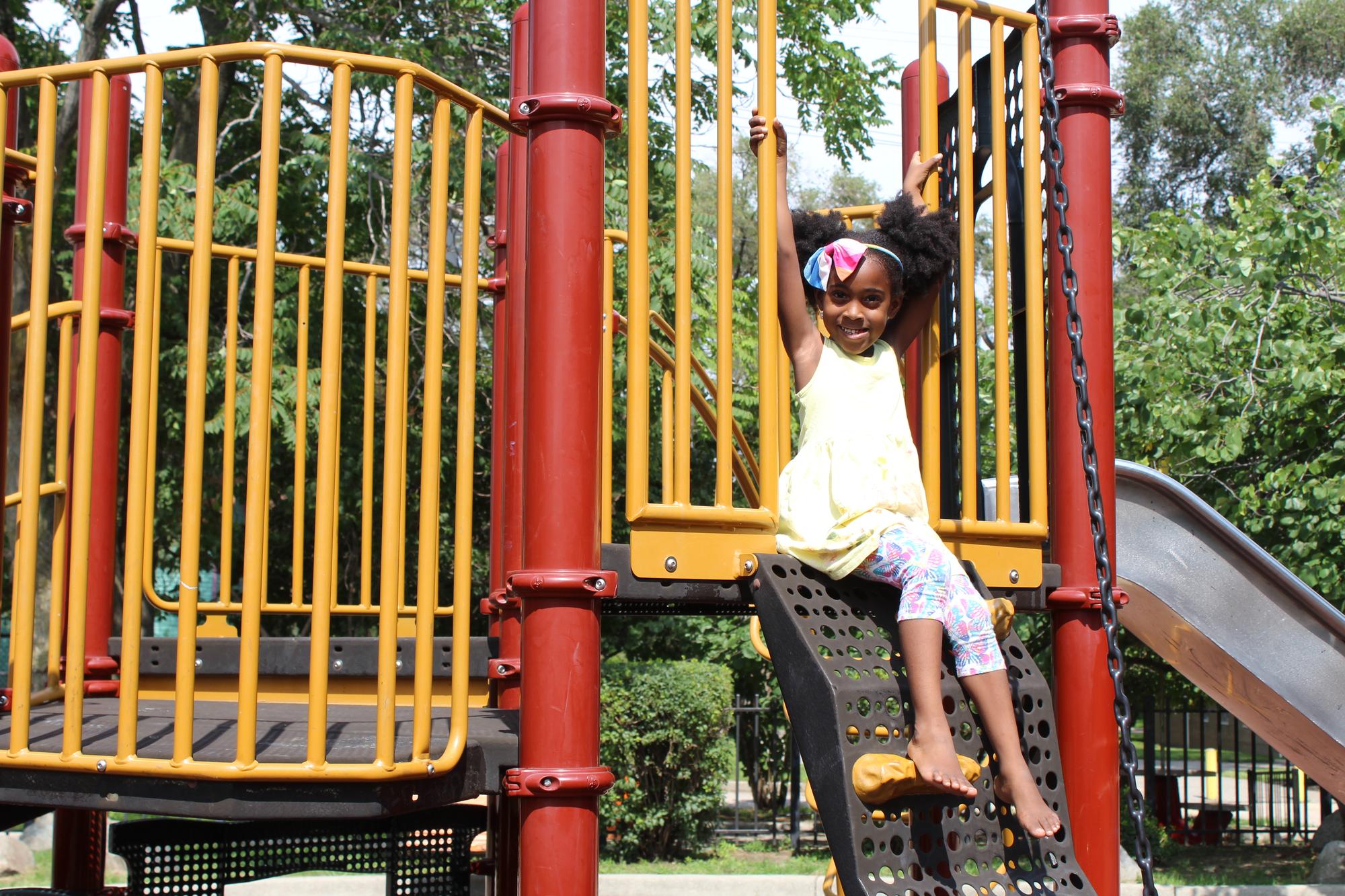
FOR THE FUTURE
Kindergartner Saige
Saige’s parents say, diversity was the deciding factor in choosing where to send her to kindergarten.
Five-year-old Saige Jones will tell you herself where she is heading off to school this year.
“I am going to kindergarten, Detroit Prep,” she says.
But after that the details about her education get a little sketchy.
“They told me all about it, but it was too boring so I couldn’t listen to all of it because I was drawing stuff in a drawing room,” says Saige.
Her mother, Shirel Jones, has been paying more attention. She says, in choosing where to send Saige, diversity was the deciding factor for her family.
“We wanted to make sure that she wasn’t going to a school that had all white kids or all black kids or all Hispanic kids. Because I grew up in New York City, so that was really important to moving here, to make sure that she saw different people,” Shirel says.
As a high schooler, Shirel attended the performing arts school in Manhattan that was the inspiration for the film and television show “Fame.”
Shirel and her husband were looking at the Boggs School, but it was full, so they were deciding between the Detroit Waldorf School, which is private, and the Detroit Achievement Academy, which is a free public charter school that Shirel says has good scores but isn’t as diverse as they wanted. But then Detroit Prep opened up and ended the debate.
For more stories about Detroit families, students and choosing schools, click here.
BELOW MAP: Saige’s Neighborhood and School
Baby Bonnie
Bonnie’s parents wants quality schools she can walk to so they’re moving to Grosse Pointe Park.
Bonnie may only be a 1-year-old, but her family’s life is already being affected by deciding where she will go to school.
“We didn’t want to move twice in the next couple of years so even though we would love to live in the city for the next three or four years until she’s in school, we thought that probably the charter schools and the public schools wouldn’t be at a point that we were excited about by then and we couldn’t really afford to do private schools long term,” says her father, Ian Studders.
Ian and his wife decided they will move to Grosse Pointe Park. Ian says he wants a school for Bonnie where there are parents they can relate to as well as learn from.
“Having it be close to where our house is is also important to me because I grew up like two blocks from our elementary school, my high school,” says Ian, who is from a northwest suburb of Chicago. “So, the idea of being able to walk her to school is pretty cool.”
The family had been eyeing the Friends School, a private Quaker school in their neighborhood, but then it shut down for financial reasons. They also looked at Chrysler Elementary, a public school in their neighborhood school, but Ian says it doesn’t seem like it will get to the point that he and his wife are comfortable with by the time Bonnie is ready for school.
For more stories about Detroit families, students and choosing schools, click here.
Toddler Arthur
Arthur’s parents see the value of raising children in the city.
“There’s not really anything about a suburban lifestyle that necessarily appeals to me,” says Rachel Perschetz, who works with the Community Investments Team at Rock Ventures.
Her husband, Sean Mann, founded the Detroit City Futbol League, which pits co-ed neighborhood soccer teams against each other. He’s also a co-owner of Detroit City FC, the city’s minor league soccer team. By day he’s a multi-client lobbyist in Lansing.
Rachel and Sean just finished renovating their southwest Detroit house and say they have no plans to leave the city. They’re already thinking about where they might want to send their 1-year-old son, Arthur, for school.
“I think one of the reasons we love living in Detroit is the engaged, diverse, creative environment, and so [we’re] thinking about a school that really reflects those same things for our son,” Rachel says.
At this point, nothing really is off the table. But Sean says, for him, sending Arthur to a neighborhood school would be ideal.
“I think it creates the fabric of the neighborhood. It’s another way that neighbors engage and get to know each other. So, I certainly see the value in that,” he says.
In their Southwest Detroit neighborhood, Maybury has a good reputation for very engaged parents, Sean says. But he says the school’s test scores aren’t as high as he’d like. And yet, Rachel points out, scores aren’t everything.
“You know, if there are gaps in the actual academic education, there’s a huge amount of things that a city offers that make up for that,” she says.
In terms of any kind of perceived fear about a lack of safety in Detroit Public Schools, Rachel had this to say:
“I think statistically you’re probably more likely to be injured in a car driving 30 minutes to a school in the suburbs than you are actually going to a public school in the city.”
For more stories about Detroit families, students and choosing schools, click here.
BELOW MAP: Arthur’s Neighborhood and Potential School
Click on the graduation cap inside the map for more about the school.
Melissa Mason and Sandra Svoboda contributed to this piece.
